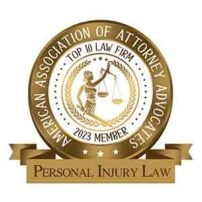In New York, residents look to law enforcement for protection. The balance between preserving justice and keeping citizens safe can be difficult for officers to maintain when they are in situations where they have to make split-second decisions. High-speed pursuits often pose exactly this type of challenge. Chasing a suspect who is potentially dangerous may be less of a threat than allowing the driver to go free, but officers often do not have the information they need in the moment to accurately weigh the risks.
According to Police Chief Magazine, statistics show that the dangers involved in a high-speed chase are high, with an average fatality rate of 1.5 victims per day. Of these, many are officers, bystanders and passengers in the fleeing vehicles, and not those who are creating the unsafe situation. However, in many municipalities where law enforcement departments have imposed non-pursuit policies in an attempt to lower fatal car crash numbers, officials report that crime rates have spiked. Some have given the authority to approve a chase to supervisors in an attempt to counteract these negative outcomes.
USA Today reported that non-violent felonies, misdemeanors and routine traffic stops triggered high-speed chases in 92 percent of 17,000 chases analyzed by the International Association of Chiefs of Police. The National Highway Traffic Safety Administration statistics show a higher number of deaths in 2013 than in 1990, indicating that new policies may not be changing officer behavior. Discrepancies between the NHTSA data and state records indicate that fatal accident rates are much higher because police reports do not always indicate whether there was a chase.











